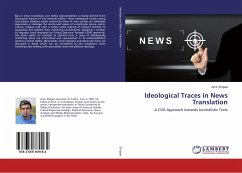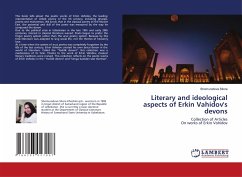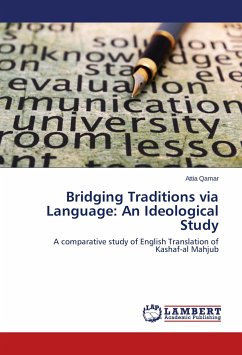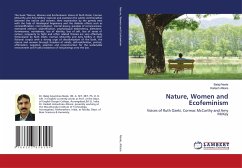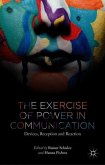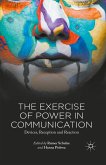Bias in news translation and media representation is mainly derived from ideological stances of the editorial offices. These ideological factors along with power relations which control the flow of news stories can ultimately depreciate or damage the norms and values of a particular group, party, culture, religion and even a nation while making an indirect attempt to popularize and legalize their conflicting counterparts. Applying a number of linguistic tools proposed by Critical Discourse Analysis (CDA) approach, this book makes an attempt to identify how 3 cases of ideologically conflicting ideas are interpreted and represented in 10 well-established western printed media. Meanwhile, some linguistic and discoursal traits are discussed in detail which can be considered by the translators while handling tasks dealing with journalistic texts and political ideology.
Bitte wählen Sie Ihr Anliegen aus.
Rechnungen
Retourenschein anfordern
Bestellstatus
Storno

